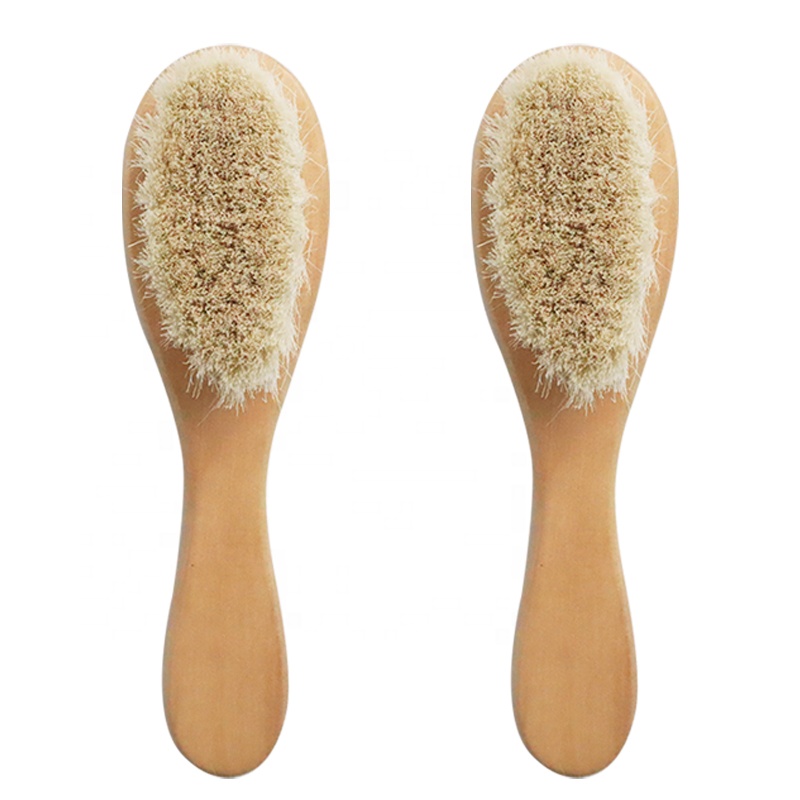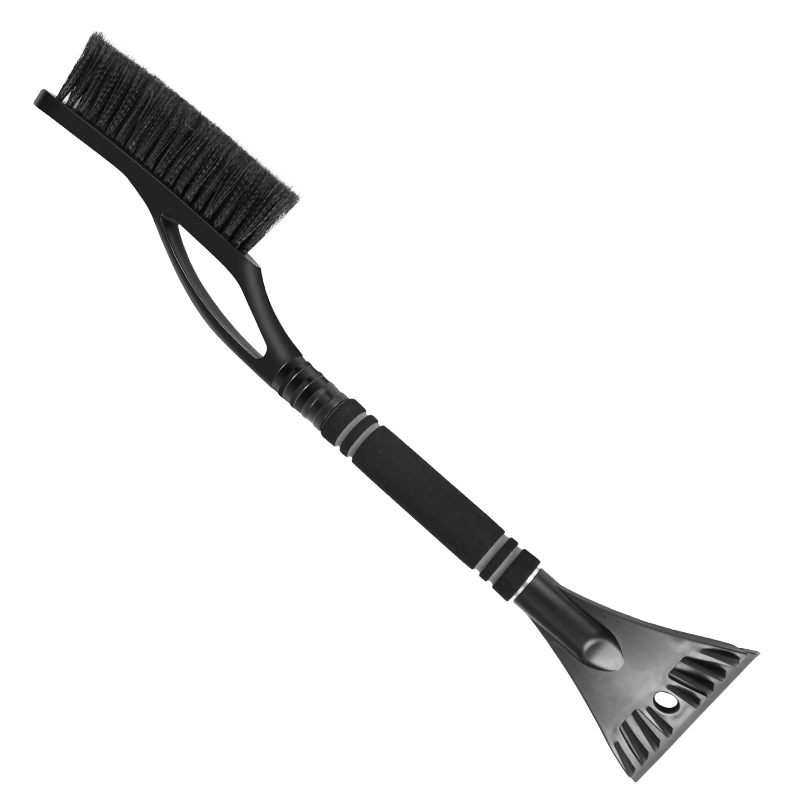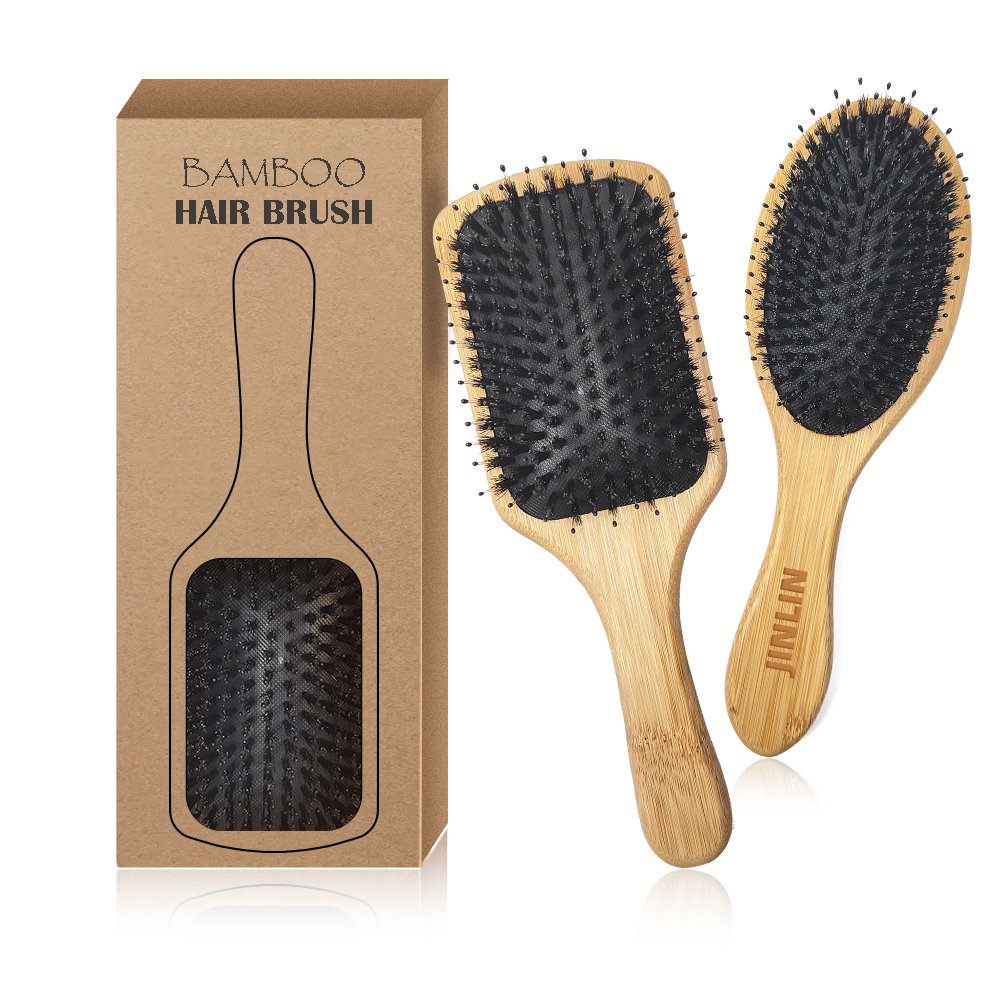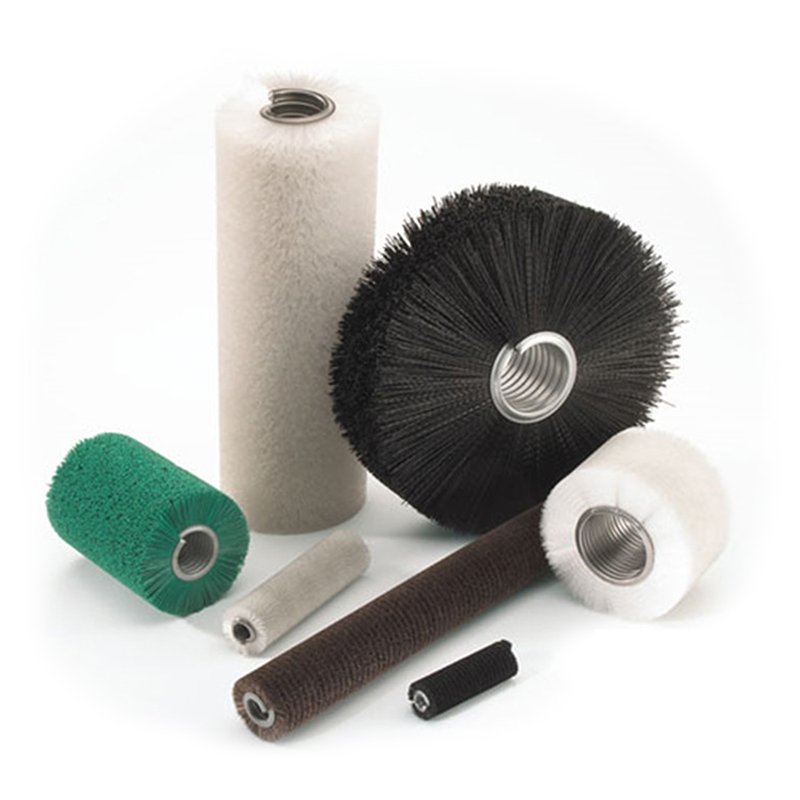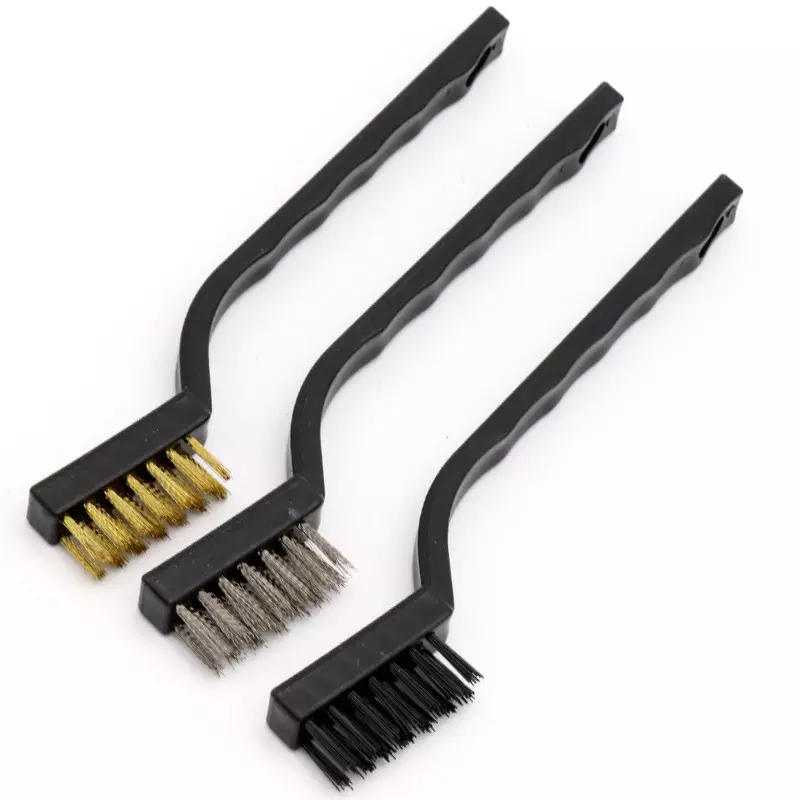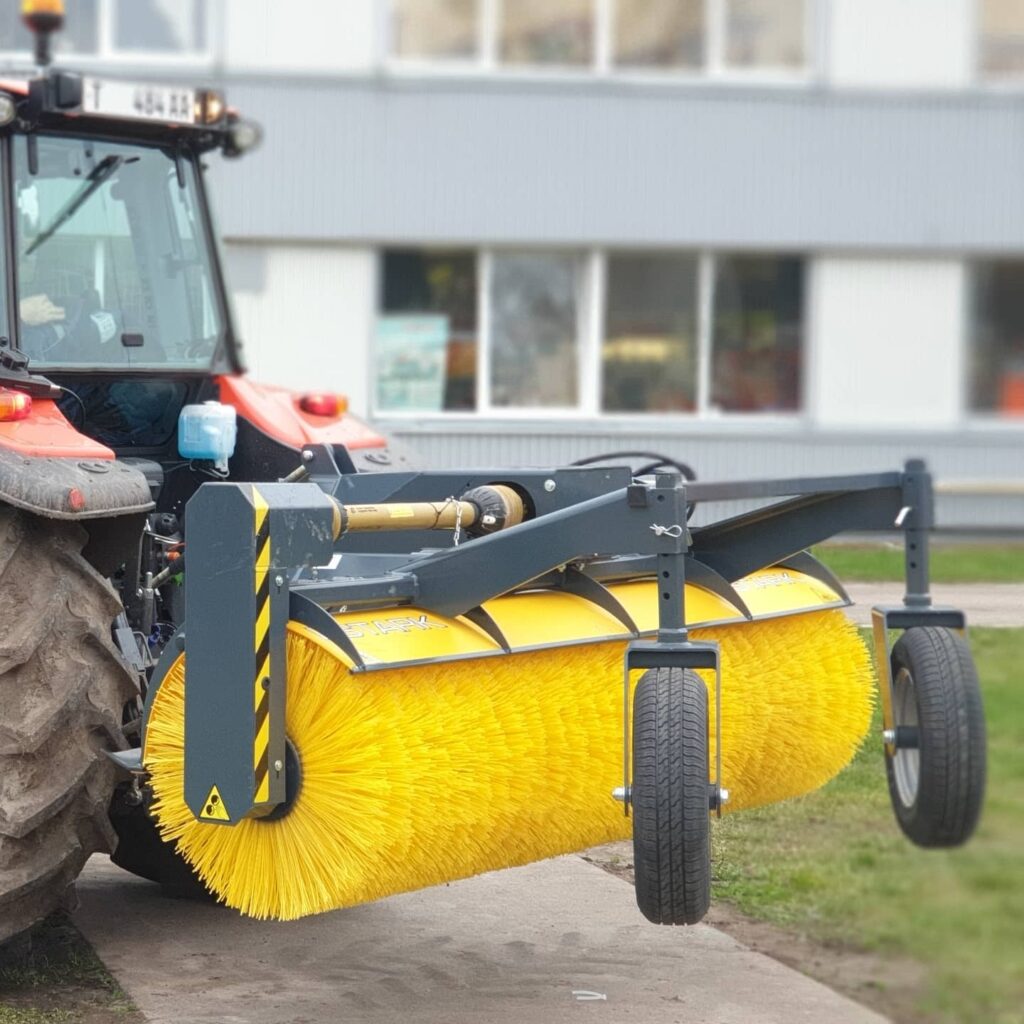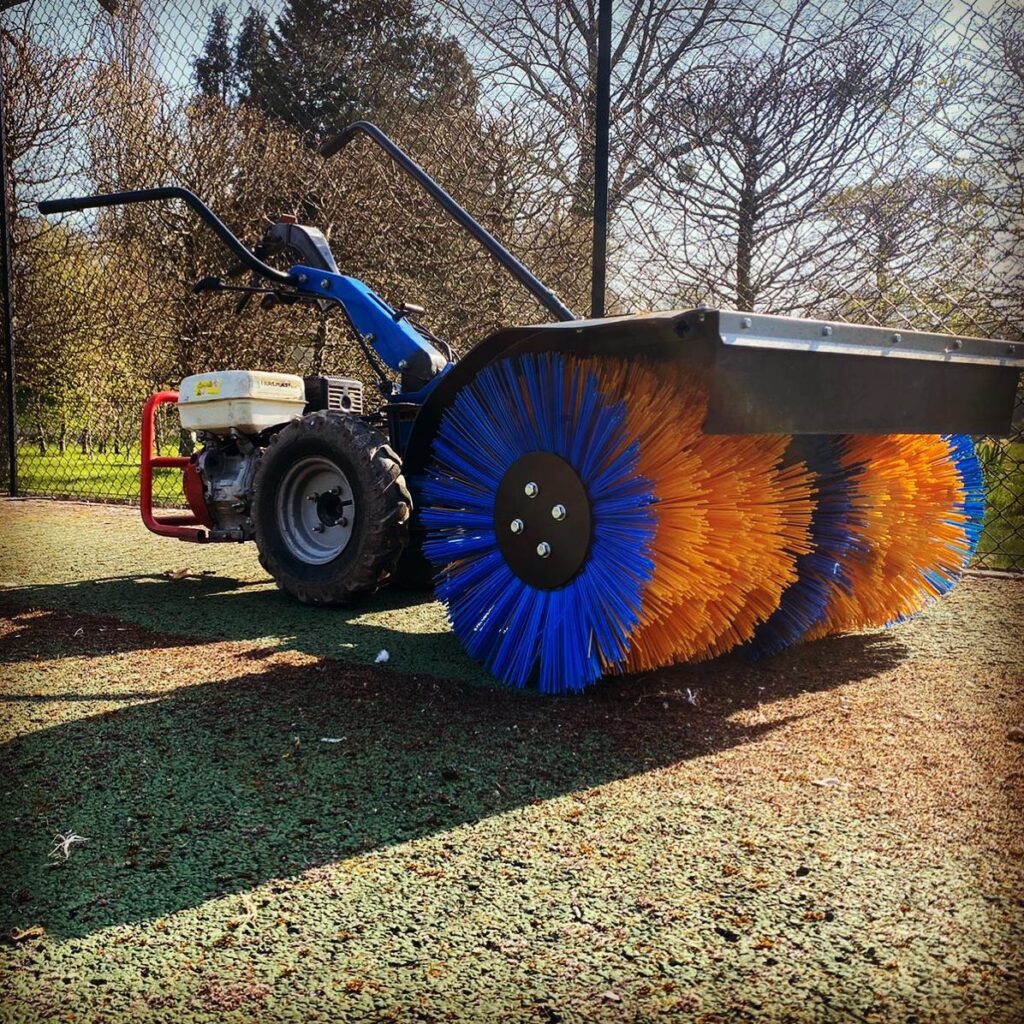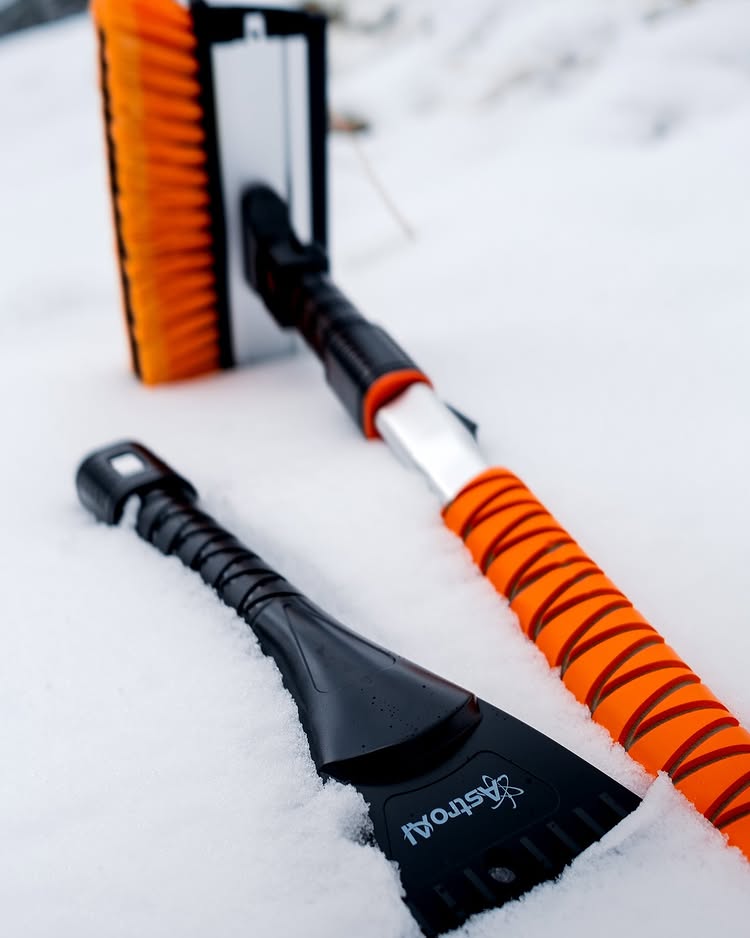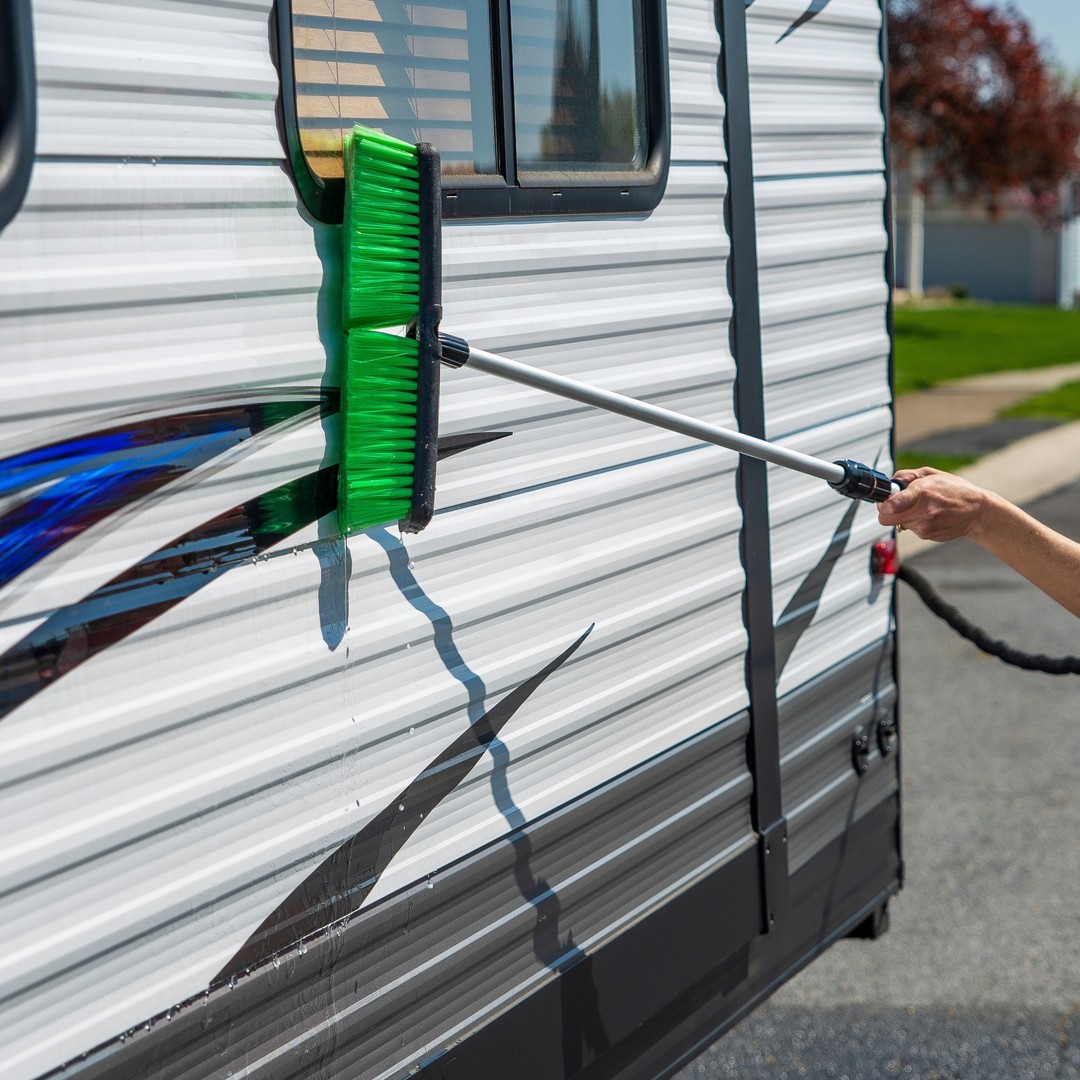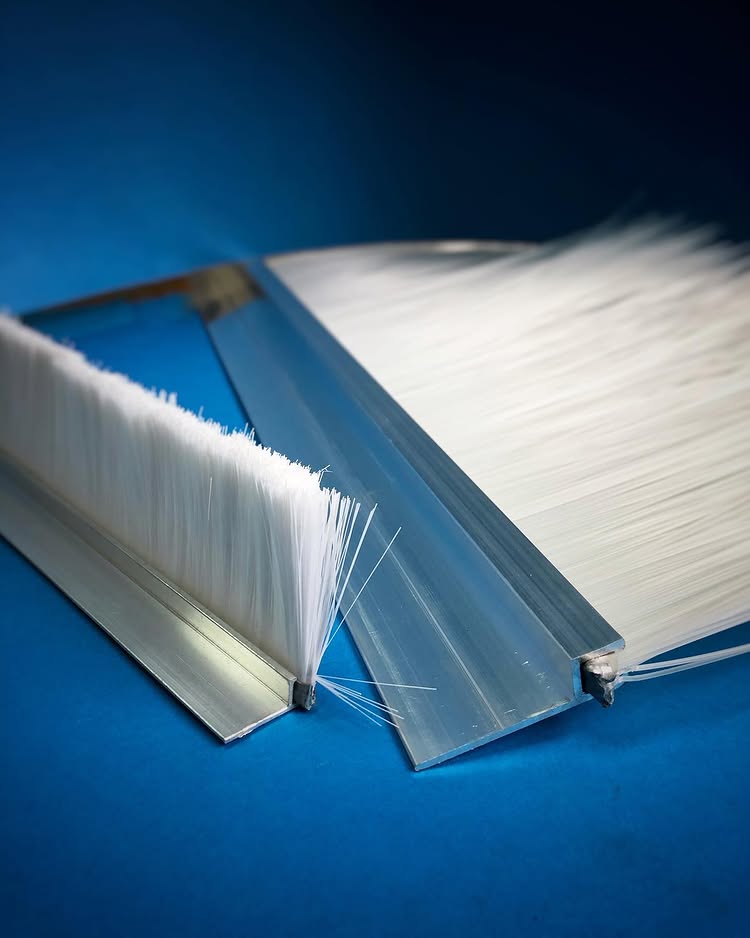Table of Contents
Chimney Sweep Brushes Explained: Names, Materials, and Selection Guide
1. What Is a Chimney Sweep Brush Called?
Every year, countless homeowners invite a professional chimney sweep into their homes to ensure their chimneys are clean, safe, and operating at peak efficiency. But have you ever paused to consider the specific names and functions of the brushes these experts use? A chimney sweep brush isn’t just a simple scrubber—you’re looking at a piece of precision equipment designed to tackle different liner materials, types of creosote buildup, and flue geometries.
This comprehensive guide dives deep into the world of chimney sweep brushes: what they’re called, how they’re made, which materials are best for your flue, and the latest innovations in brush technology. Whether you’re a homeowner curious about the tools of the trade or a budding DIY enthusiast ready to tackle your own chimney cleaning, this article has you covered. We’ll conclude with three FAQs and ensure you walk away fully informed.
2. Types of Chimney Sweep Brushes
When it comes to chimney brushes, the two overarching categories are defined by their bristle material:
- Metal-Bristle Brushes
- Polypropylene (Plastic) Brushes
Understanding the distinctions between these types is paramount to selecting the right brush for your specific flue liner.
2.1 Metal-Bristle Brushes
Metal-bristle brushes—often constructed from stainless steel or specialty spring steel—are the workhorses of masonry chimney cleaning. Key characteristics include:
- Durability: Able to withstand rigorous scrubbing against hard clay tiles.
- Aggressiveness: Excellent at breaking up stubborn creosote, especially the heavy tar-like deposits known as “glaze.”
- Variety of Shapes: Available in round, square, and conical configurations to match flue cross-sections.
2.1.1 When to Use Metal-Bristle Brushes
- Masonry Chimneys with Clay Tile Liners: The hard surface of clay tiles resists scratching by quality wire brushes, making metal-bristle brushes ideal.
- Glazed Creosote Buildup: Specialty “flat-wire” brushes with wider bristles are designed to tackle smooth, hardened creosote. Use sparingly to avoid over-scrubbing.
- Deep or Old Buildup: Metal bristles excel at breaking up layers of residue that accumulate over years.
2.2 Polypropylene (Plastic) Brushes
Polypropylene brushes feature bristles made from a high-strength plastic polymer. They offer:
- Gentleness: Protective for stainless steel liners and thin-walled flue pipes.
- Flexibility: Bends around obstacles and through offsets without kinking line rods.
- Static Neutrality: Polypropylene does not contribute to static buildup that can attract soot.
2.2.1 When to Use Polypropylene Brushes
- Stainless Steel Liners: Especially insulated liners, which see less creosote but demand non-abrasive cleaning.
- Routine Maintenance: Ideal for annual cleanings where heavy scraping isn’t required.
- Sensitive Flue Geometries: Offsets or unusually shaped pipes that require a softer touch.
3. Brush Shapes and Flue Compatibility
Beyond material, chimney brushes come in several shapes to match the flue’s cross-section:
- Round Brushes: Best for perfectly cylindrical flues; available in half-inch size increments.
- Square Brushes: Adaptable to both square and rectangular flues, with four corners to target debris in every nook.
- Conical Brushes: Tapered design allows use in multiple diameters—narrow at one end, wider at the other.
Pro Tip: A sweep technician often carries a kit of brushes in varying shapes and sizes. They’ll select a brush approximately 0.5″ larger than the flue’s internal diameter to ensure firm bristle contact.
4. Rods, Chains, and Video Inspection
A chimney brush is only as effective as its supporting tools. A complete sweep kit includes:
- Fiberglass Rods: High-tensile strength rods that screw together, offering flexibility to navigate turns yet enough stiffness for downward pressure.
- Glaze Removal Chains: Weighted chains that wrap around deposits; when spun by an electrical drill, they break apart hardened glaze.
- Video Inspection Cameras: A fibrescopic camera on a rod to survey the flue before and after cleaning, capturing any cracks, missing mortar, or fire damage.
4.1 Why Video Inspection Matters
- Safety Documentation: Provides visual proof for insurance claims in case of chimney fire.
- Preventive Maintenance: Reveals minor defects before they become major hazards.
- Quality Assurance: Homeowners can see “before and after” footage to confirm a thorough cleaning.
5. Chimney Cleaning DIY Inspection Checklist
To help homeowners get the most out of their professional sweep—or even perform a preliminary self-check—use this step-by-step inspection list:
- Visual Exterior Check: Examine brickwork and mortar joints for stains or erosion, indicating leaks.
- Smoke Test: Ignite a small piece of newspaper in the fireplace; confirm that smoke rises steadily without spilling back into the room.
- Flue Damper Operation: Open and close the damper fully; it should move smoothly and form a tight seal.
- Creosote Assessment: With a flashlight, look up the flue to spot flaky (Stage 1), tar-like (Stage 2), or glassy (Stage 3) coatings.
- Cap & Crown Inspection: Ensure the chimney cap is intact (no missing mesh) and the crown is free from cracks that could allow moisture intrusion.
6. Comparison Chart of Brush Materials and Shapes
| Brush Material | Ideal Liner Type | Cleaning Power | Liner Safety | Flexibility |
|---|---|---|---|---|
| Metal Bristles | Clay tile, brick masonry | High | Medium | Low |
| Polypropylene | Insulated stainless steel | Medium | High | High |
| Flat-Wire Steel | Glazed creosote removal | Very High (spot) | Low (use sparingly) | Low |
7. Choosing Between Professional vs. DIY Cleaning
While the tools exist for enthusiastic do-it-yourselfers, chimney sweeping is not without risks:
- Safety Concerns: Falling debris, soot inhalation, or misdiagnosing structural damage.
- Equipment Costs: Quality rods, brushes, and cameras can exceed $200 for a starter kit.
- Expertise Required: Professionals recognize signs of liner failure, spalling, and hidden hazards.
By contrast, hiring a certified sweep service typically includes:
- Full Tool Kit & Expertise: Access to specialty brushes, chains, and camera systems.
- Liability Insurance: Coverage in case accidental damage occurs.
- Code Compliance: Assurance that cleaning meets local fire and building regulations.
8. Maintenance Tips for Prolonging Brush Life
- Rinse After Use: Remove soot from bristles with water to prevent buildup.
- Dry Thoroughly: Store in a dry location to avoid corrosion or mold.
- Inspect for Wear: Replace brushes showing bent or missing bristles.
- Lubricate Rod Threads: A light silicone spray keeps connections smooth.
- Rotate Brushes: Alternate heads across multiple cleanings to even out wear.
9. Innovations in Chimney Sweep Brush Technology
- High-Temperature Polymers: Enhanced polypropylene blends that resist heat degradation.
- Interchangeable Head Systems: Quick-release brush heads that snap onto rods without threading.
- Smart Video Cameras: Wi-Fi–enabled scopes that stream real-time footage to your smartphone.
- Eco-Friendly Bristles: Biodegradable materials that reduce environmental impact.
10. Conclusion
Understanding what a chimney sweep brush is called—and, more importantly, which type to use—can save you time, money, and potential damage to your chimney system. From robust metal-bristle brushes for clay tile liners to gentle polypropylene brushes for insulated stainless steel pipes, each tool has a specific role in the battle against creosote and debris.
Armed with this guide’s detailed comparisons, DIY inspection checklist, and maintenance tips, you’ll be in an excellent position to discuss brush selection knowledgeably with your chimney professional—or undertake a careful DIY approach if you have the right equipment and skills. Regular chimney cleaning isn’t just about keeping your fireplace efficient; it’s a critical safety measure that helps prevent dangerous chimney fires and carbon monoxide hazards.
Invest in the right brush, stay informed on emerging technologies, and maintain a consistent inspection schedule to ensure your chimney remains a friend, not a foe, during the cold months ahead.
11. Frequently Asked Questions
Q1: How often should I replace my chimney sweep brush?
Brush lifespan depends on usage frequency and material. On average, metal-bristle brushes last 2–3 annual cleanings, while polypropylene brushes can last 4–5 cleanings if properly maintained and dried after use.
Q2: Can I use a metal-bristle brush on a stainless steel liner?
It’s not recommended. Metal bristles can scratch and damage stainless steel liners, compromising their corrosion resistance. Stick to polypropylene brushes for stainless steel.
Q3: What size brush do I need for my flue?
Measure the internal diameter of your flue. Choose a brush diameter ½″ larger than the measured flue size to ensure firm bristle contact. For irregular shapes, a square brush sized to the flue’s maximum dimension is ideal.

